Optimal Timing for Bat Control Services
Understanding the optimal timing for bat control service is essential for effective management. Bats are most active during specific periods, which influence the best times to implement control measures. Proper timing ensures minimal disruption and maximizes safety and effectiveness.
Spring is ideal for bat control as bats are emerging from hibernation and establishing roosts, making them more receptive to exclusion efforts.
During late summer and early fall, bats are preparing for migration or hibernation, making this a strategic time for control to prevent future issues.
Control efforts should be avoided during peak maternity seasons when female bats are caring for young, to prevent harming colonies.
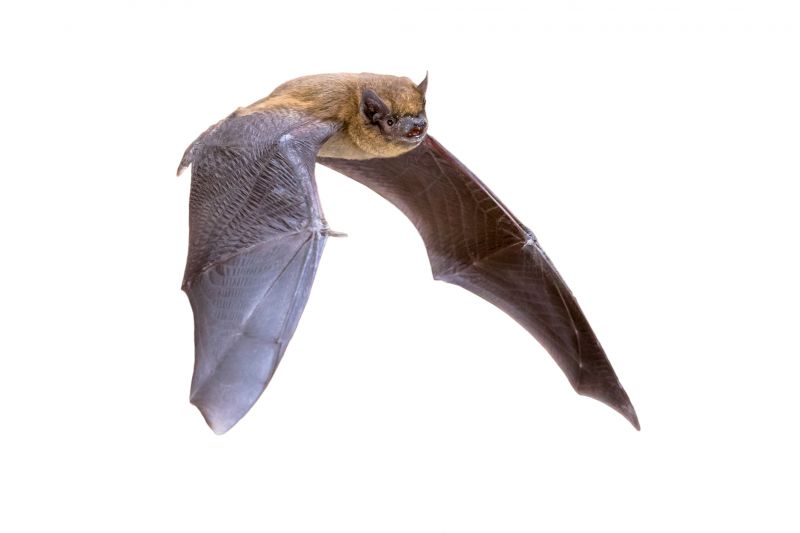
Inspecting entry points and roosts during early spring ensures timely exclusion before colonies grow.
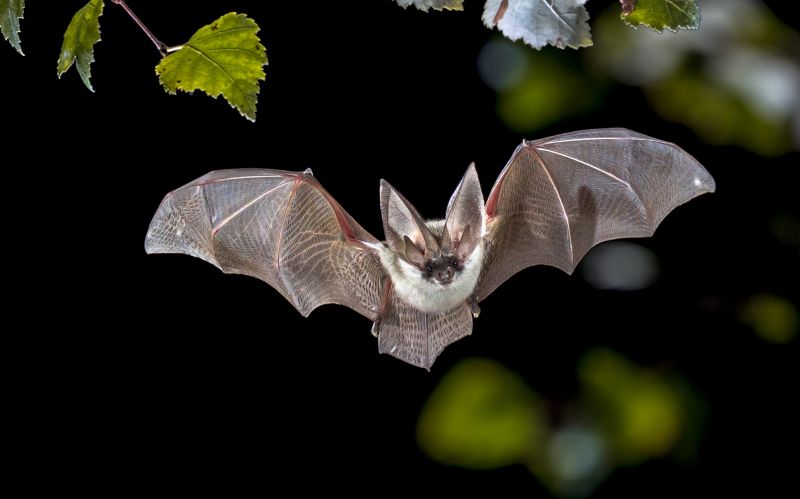
Exclusion measures are most effective in summer when bats are active but before they settle into hibernation.
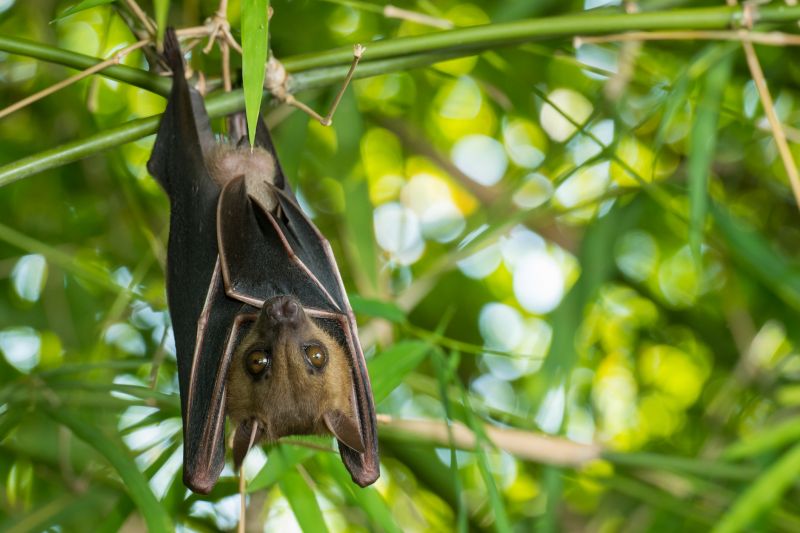
Hibernation season is generally avoided for control work to prevent disturbance and colony collapse.
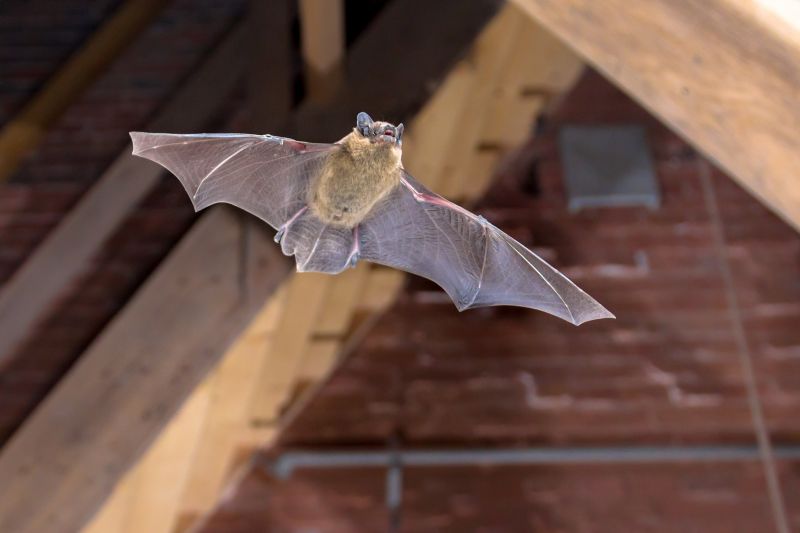
After hibernation, control services can be implemented to prevent bats from returning to structures.

Monitoring bat activity helps determine the best timing for control interventions.
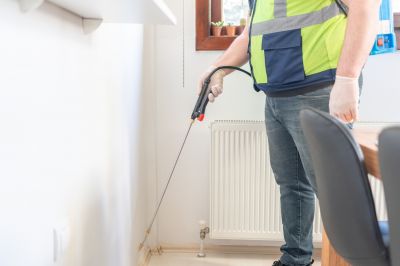
Managing colonies during appropriate times reduces the risk of damage and health concerns.

Performing repairs after bat exclusion prevents re-entry and future issues.

Timing control services according to seasonal behavior minimizes impact on bat populations.
| Season | Recommended Action |
|---|---|
| Spring | Begin inspections and exclusion preparations. |
| Summer | Implement exclusion measures during active months. |
| Fall | Monitor colonies and prepare for hibernation. |
| Winter | Avoid disturbance during hibernation. |
| Late Summer/Early Fall | Prevent colony establishment and migration issues. |
Bat control service involves a combination of inspection, exclusion, and structural repair to prevent bats from roosting in buildings. Proper timing ensures that interventions are humane, effective, and compliant with wildlife regulations. Bats are beneficial for insect control but can pose health risks and structural damage when roosting in human structures.

Sealing entry points after bats leave their roosts prevents re-entry and future problems.
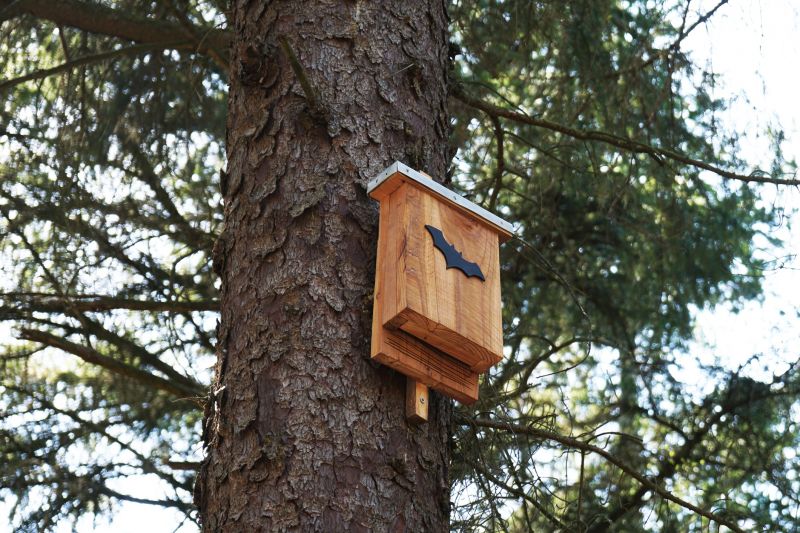
Repairing gaps and vents reduces potential roosting sites.
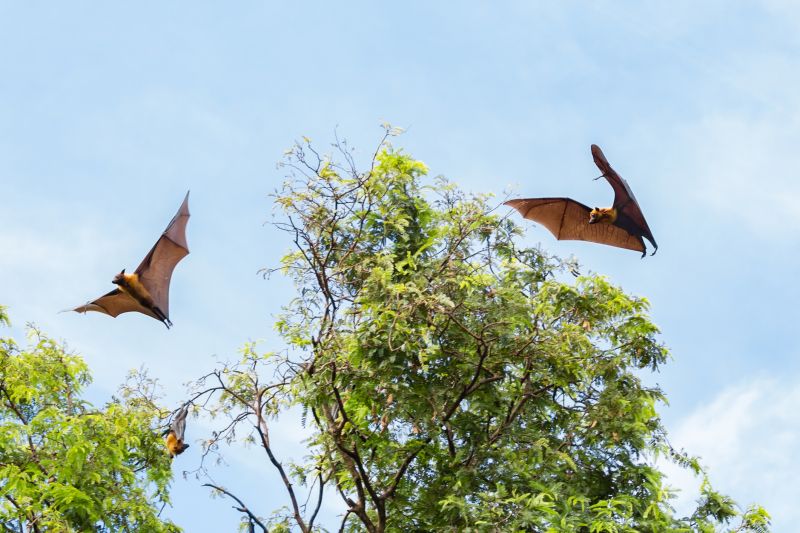
Regular checks help determine the best timing for control efforts.

Humane removal methods ensure minimal impact on bat populations.

Cleaning and disinfecting areas after exclusion prevents health hazards.
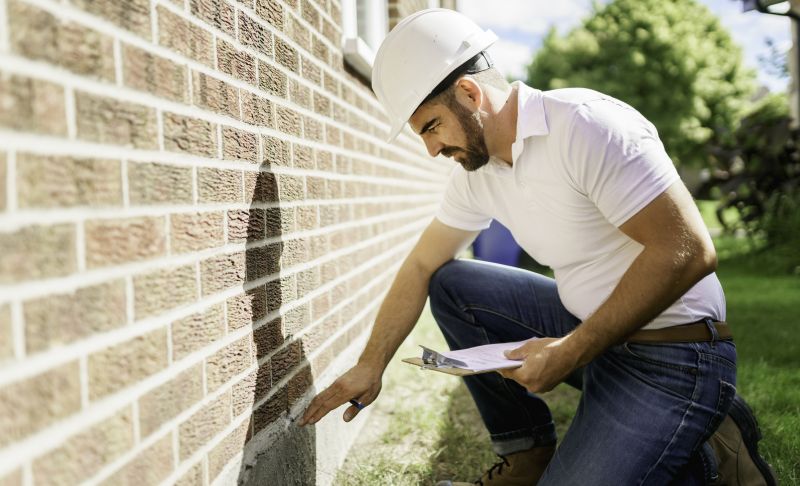
Assessing building integrity to identify potential entry points.

Understanding seasonal patterns guides effective control scheduling.
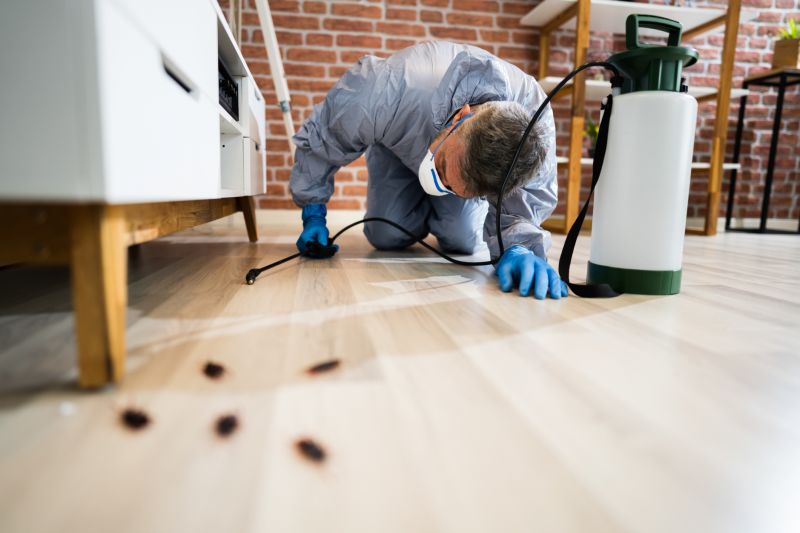
Installing bat-proofing devices to prevent future colonization.

Ways to make Bat Control Service work in tight or awkward layouts.
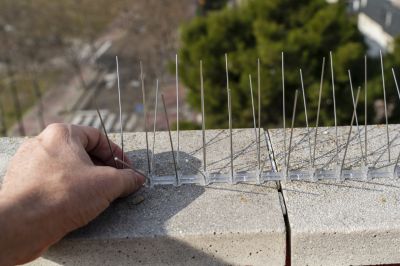
Popular materials for Bat Control Service and why they hold up over time.
Interested in bat control services? Filling out the contact form provides a way to schedule inspections or discuss specific needs related to bat management and exclusion. Proper timing and professional intervention are key to effective and humane bat control.



